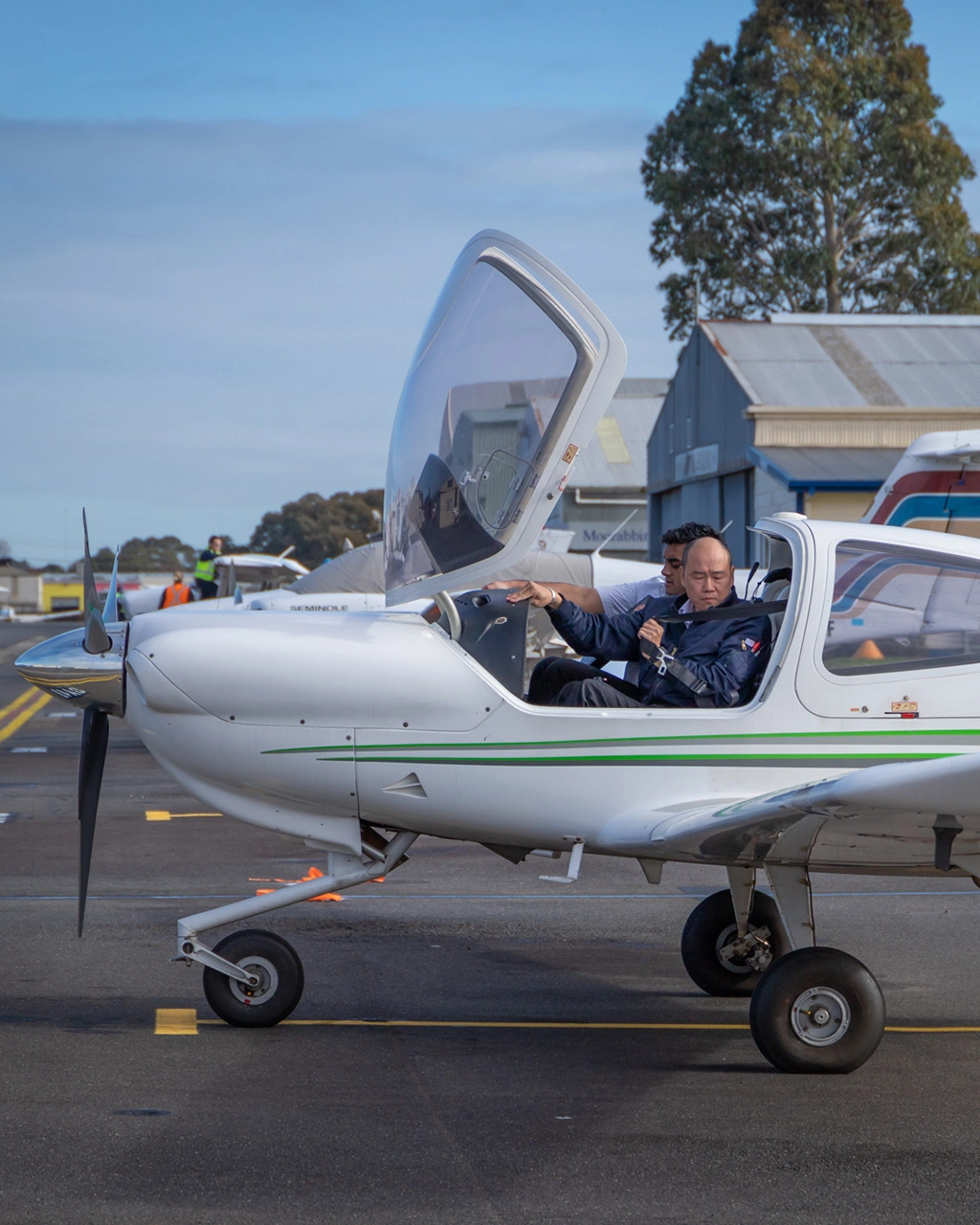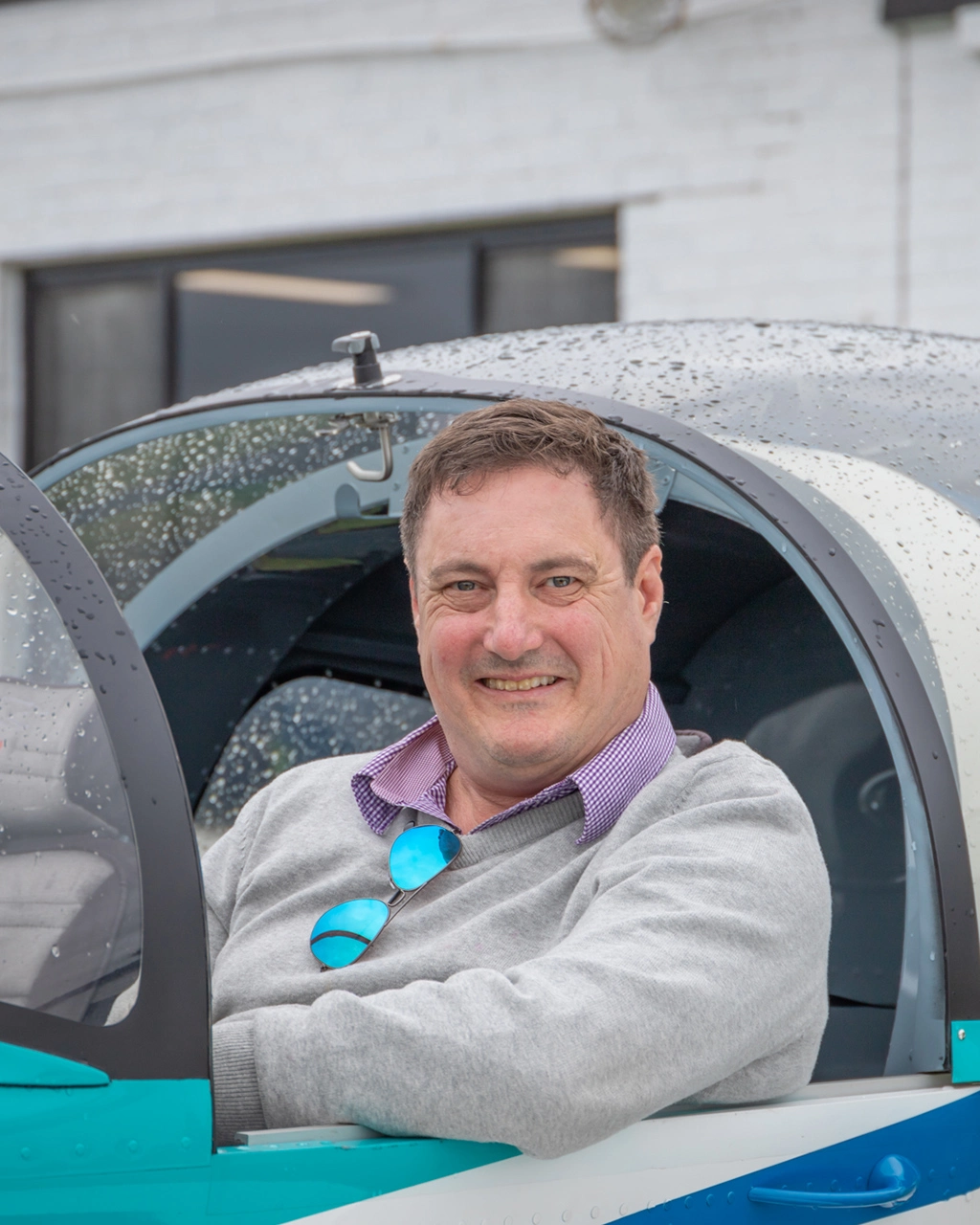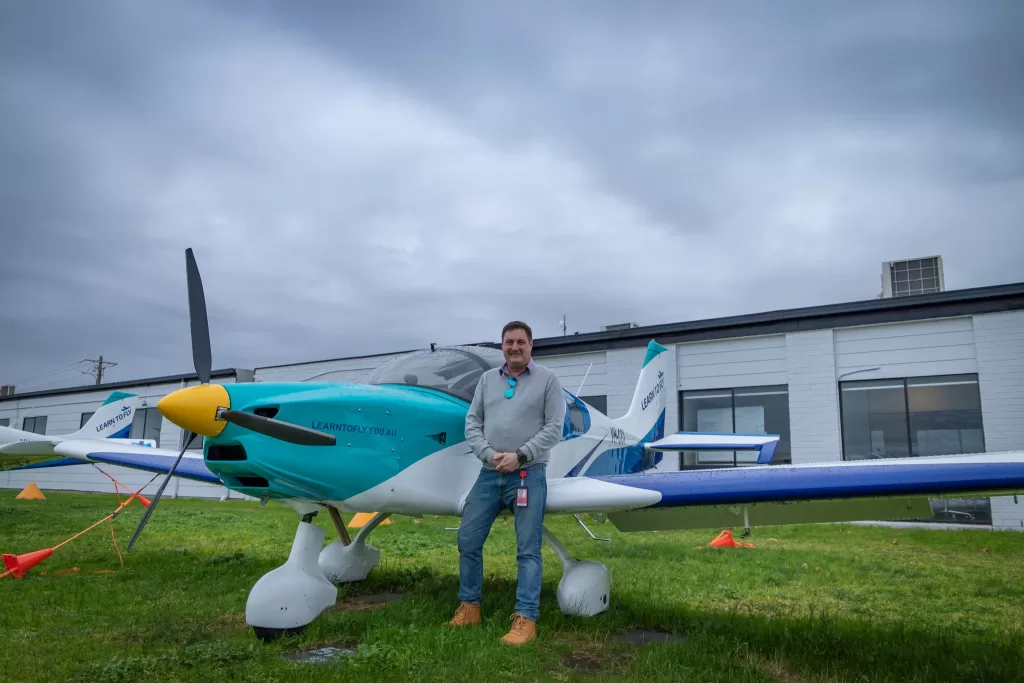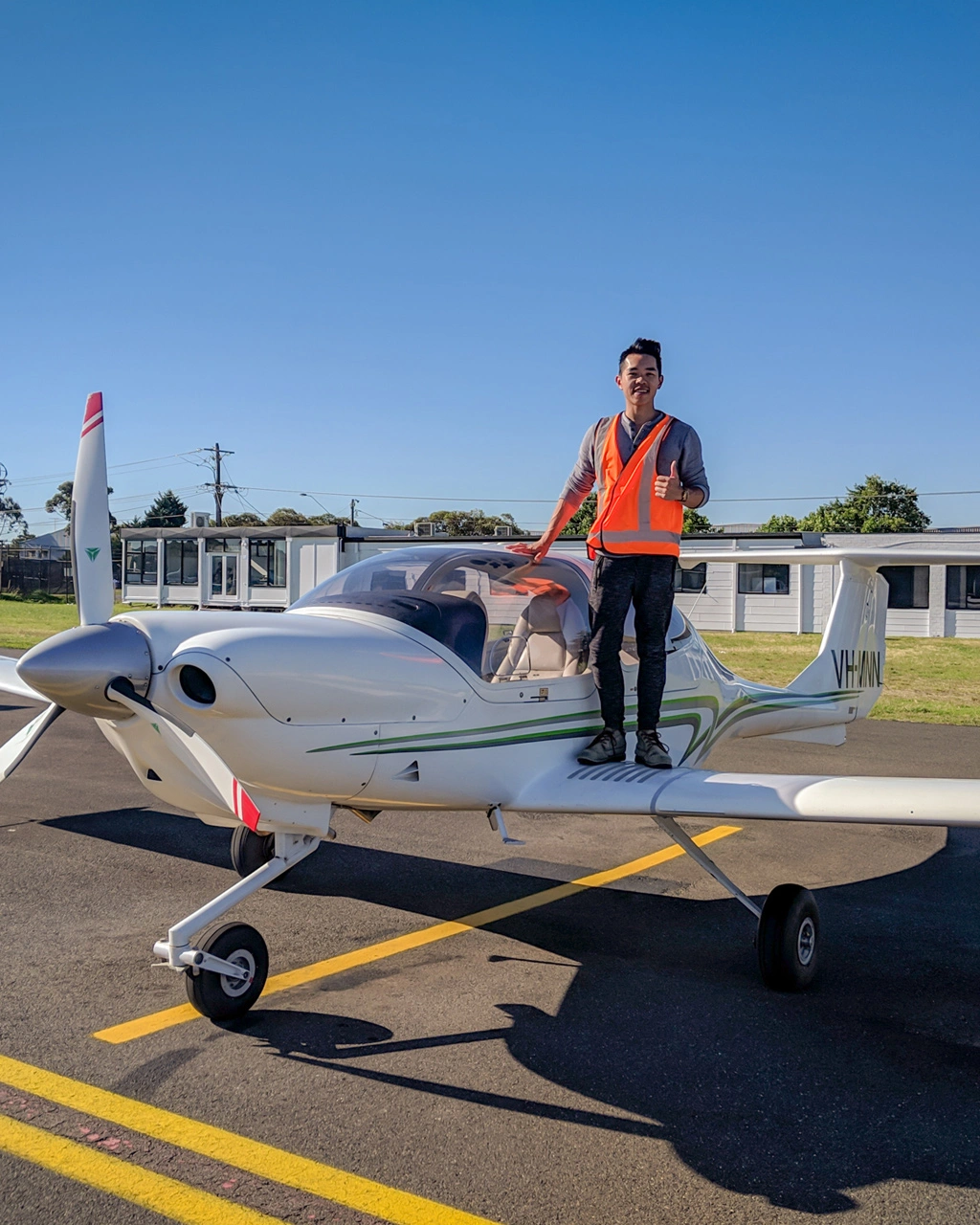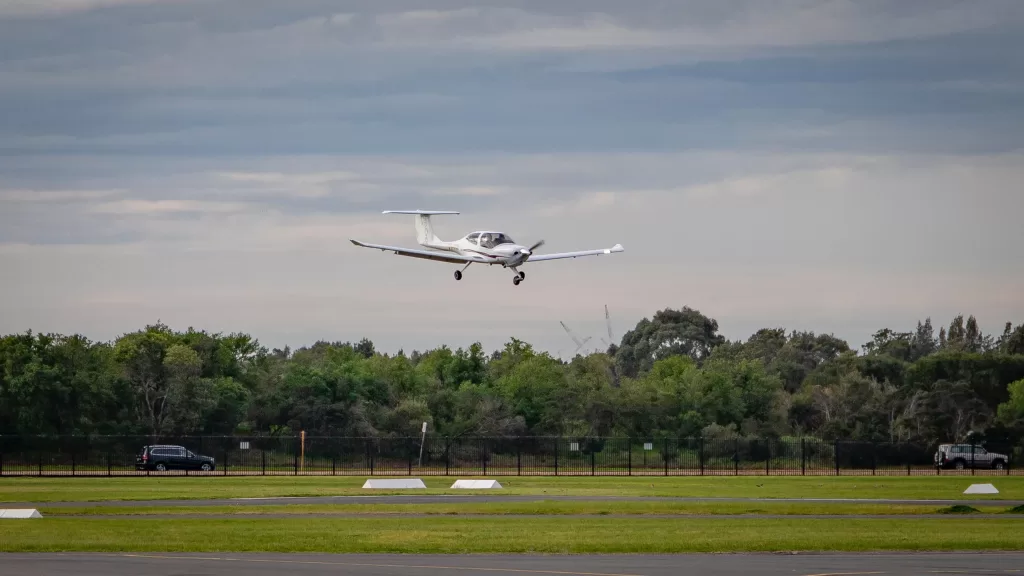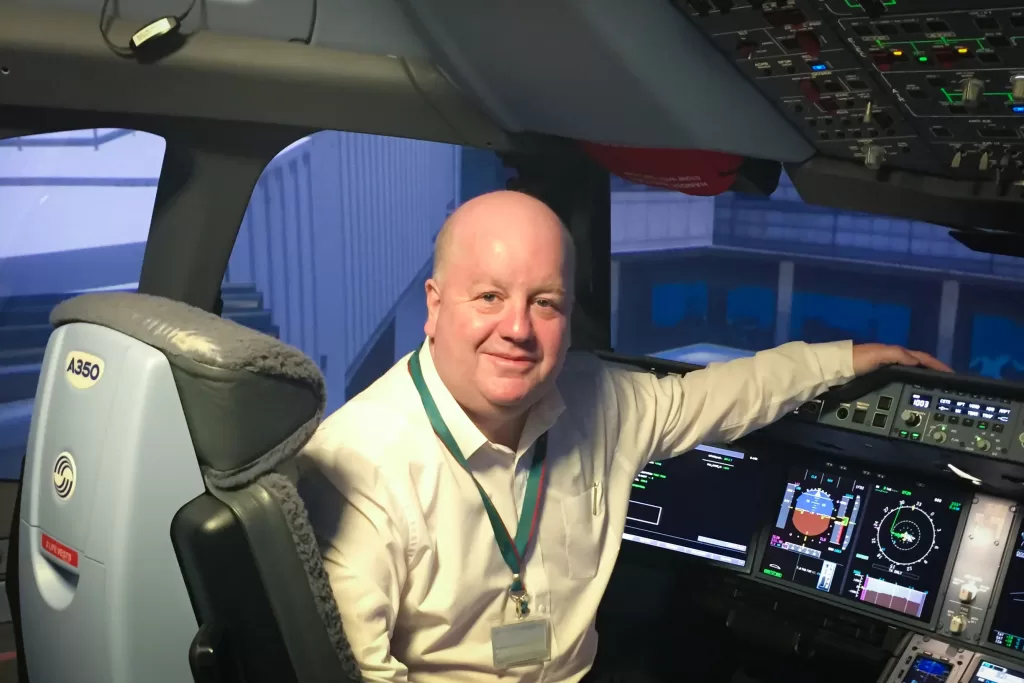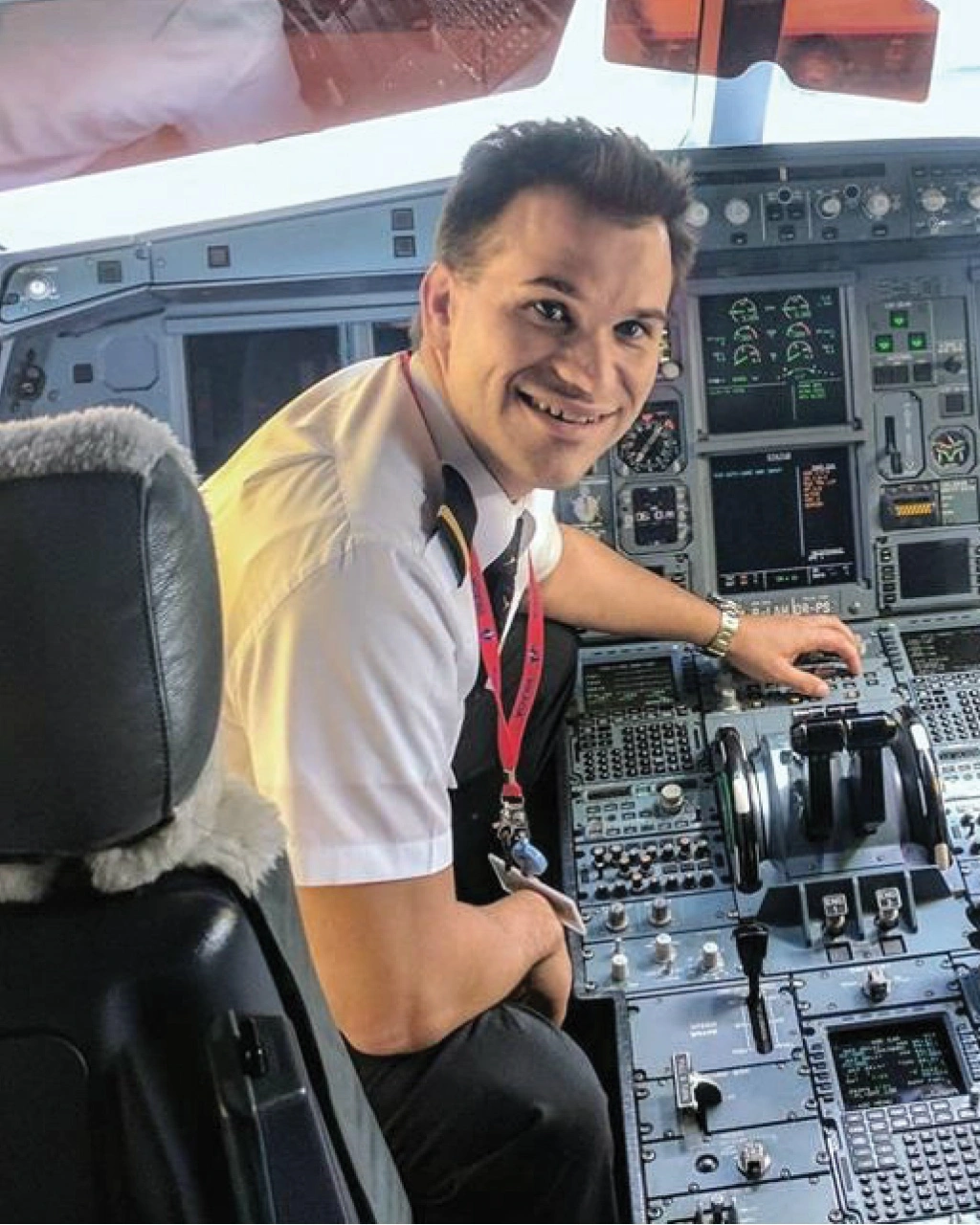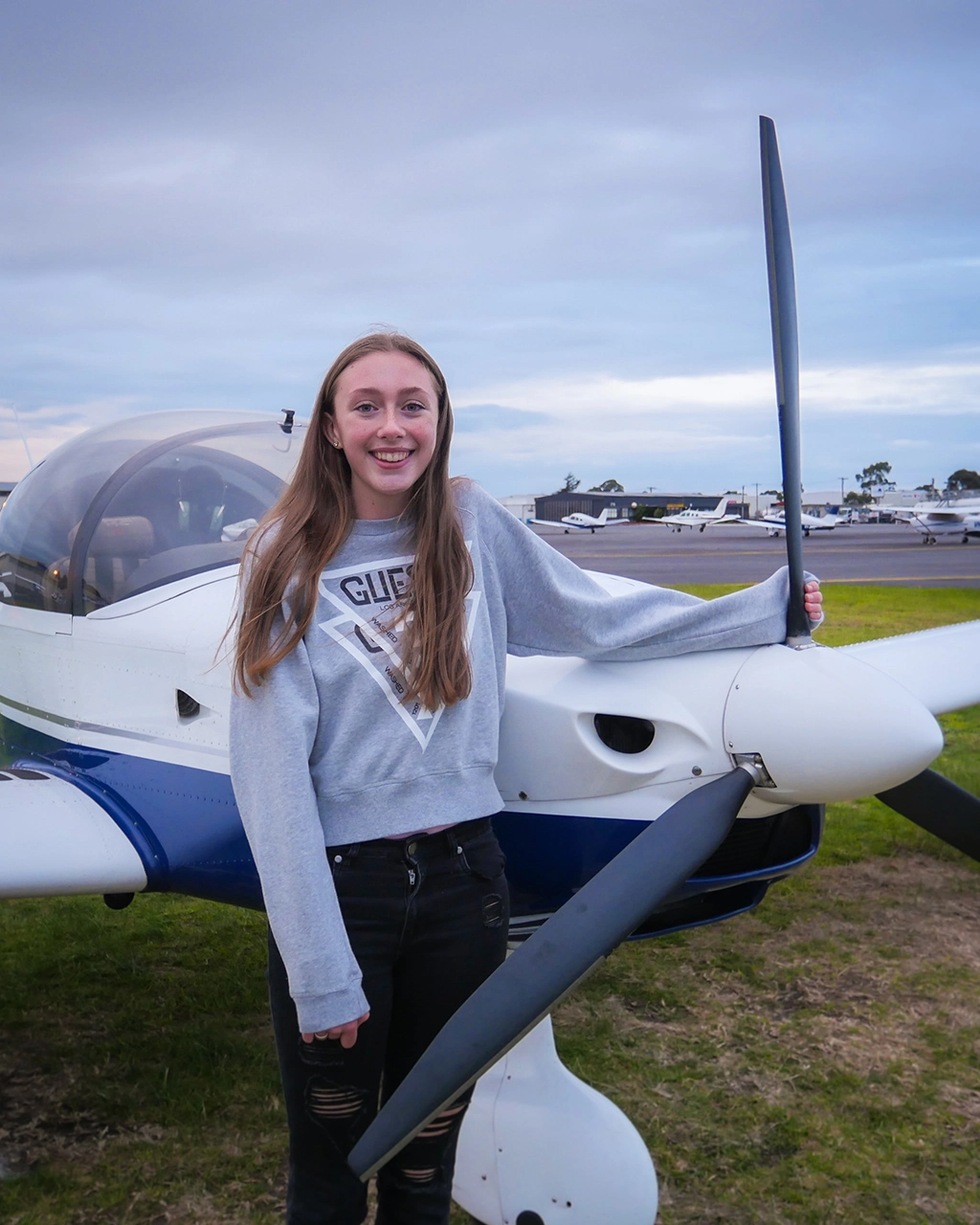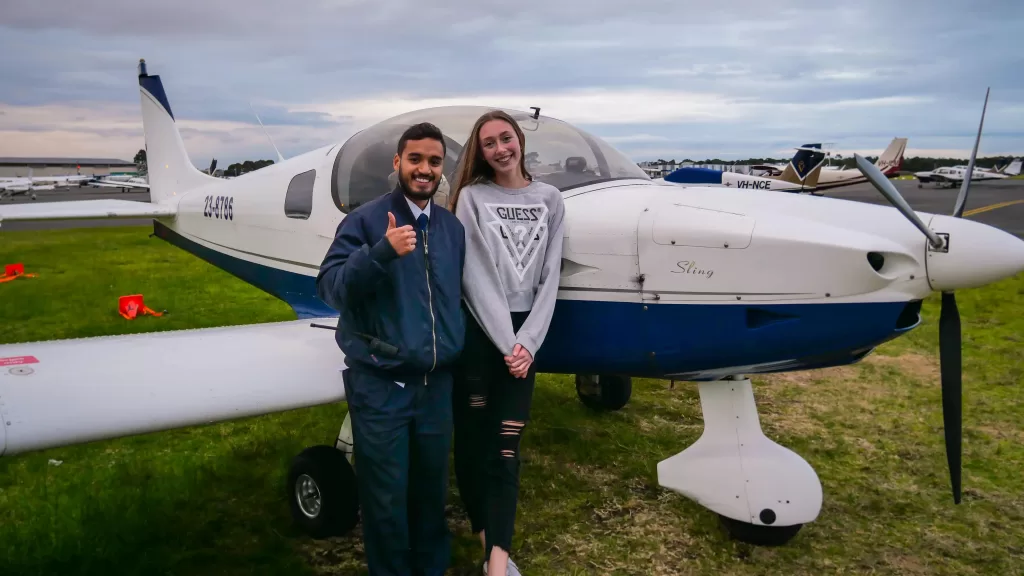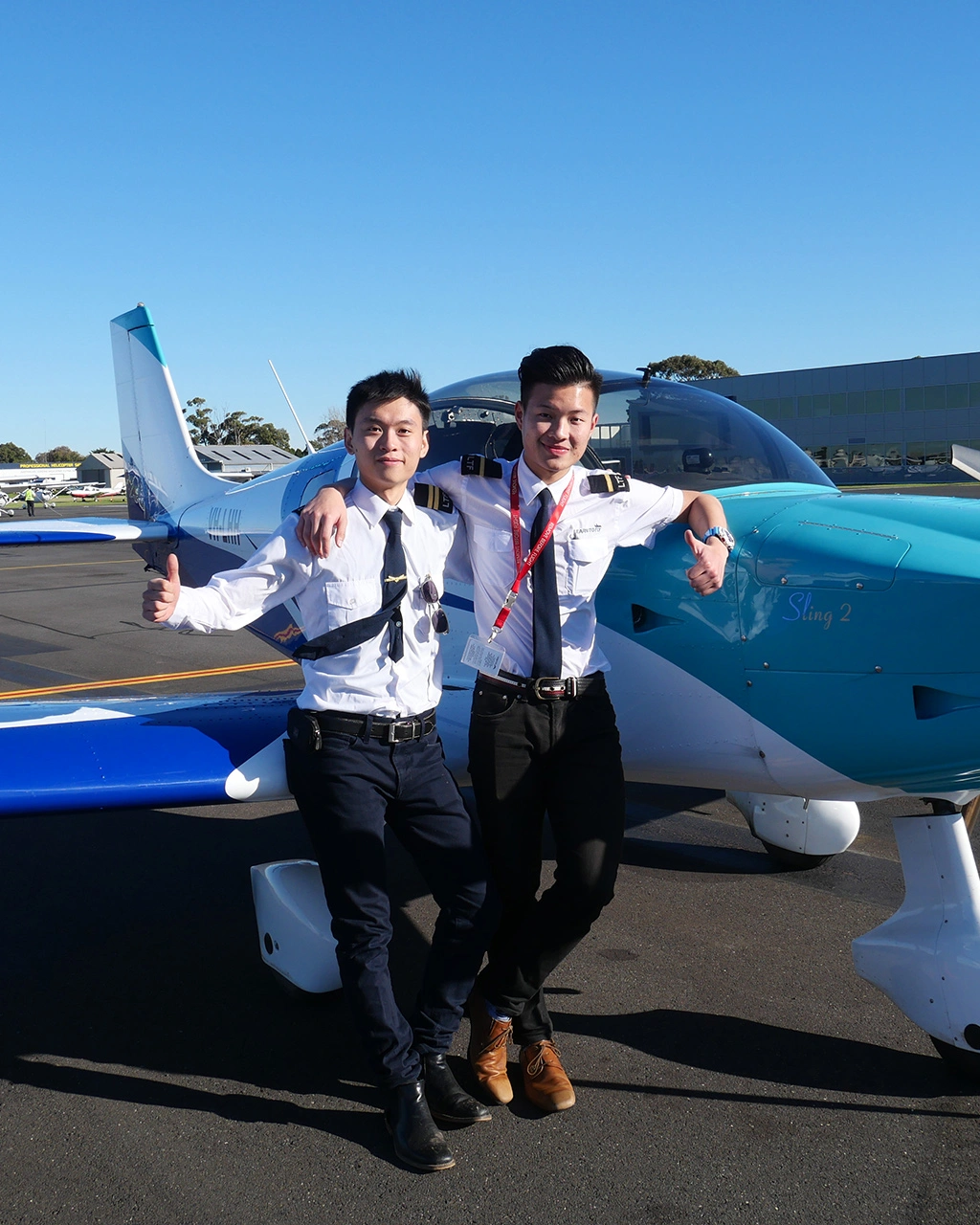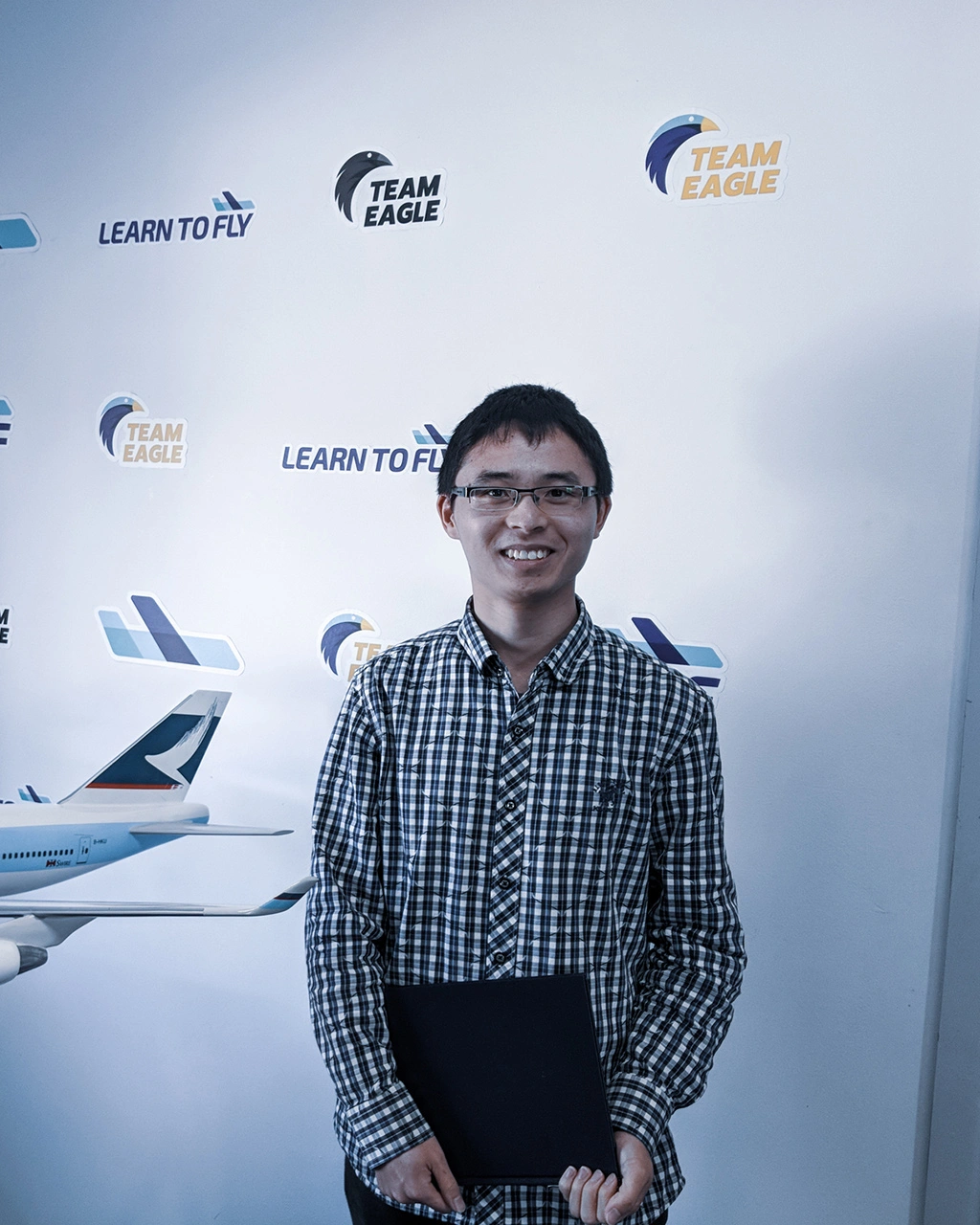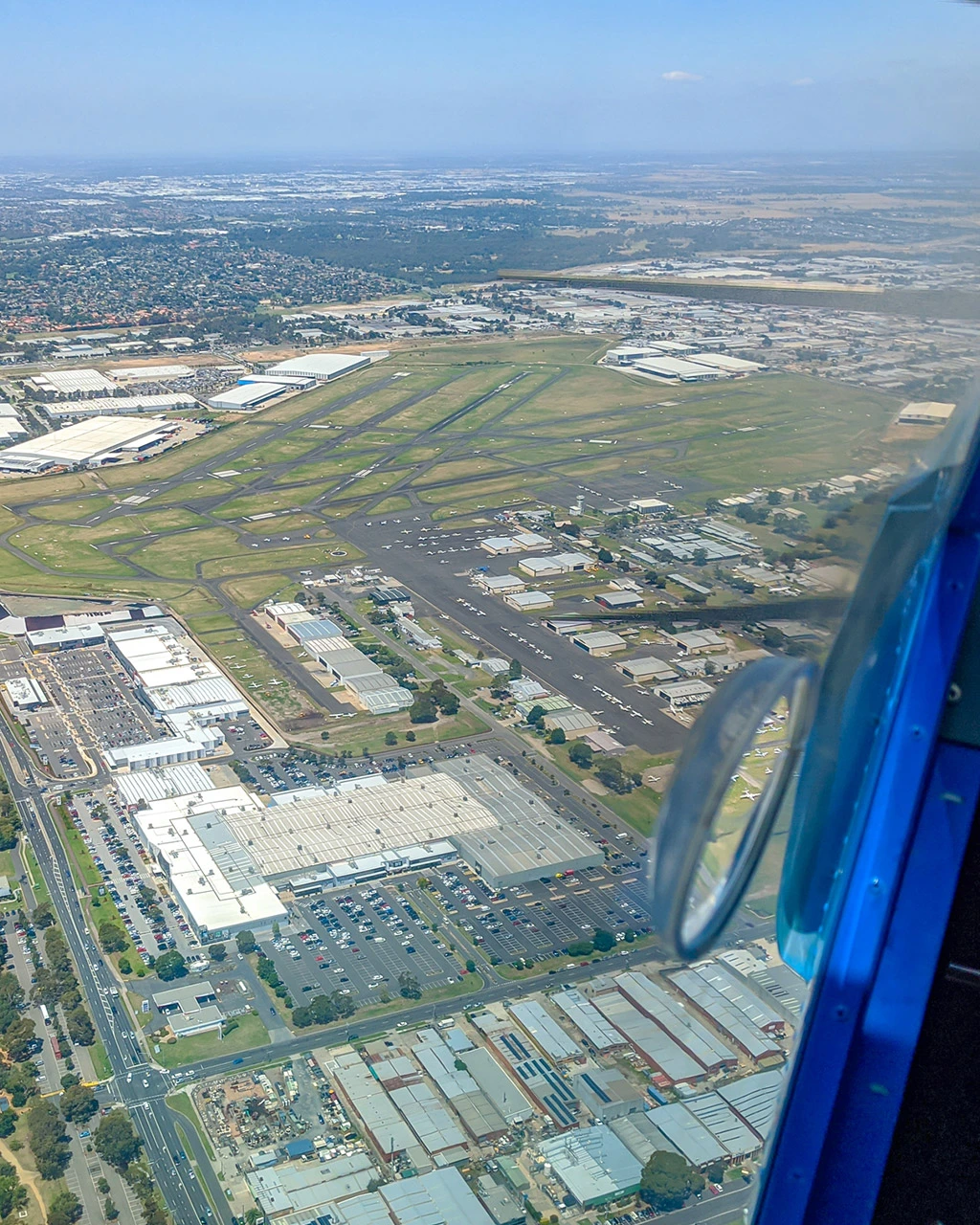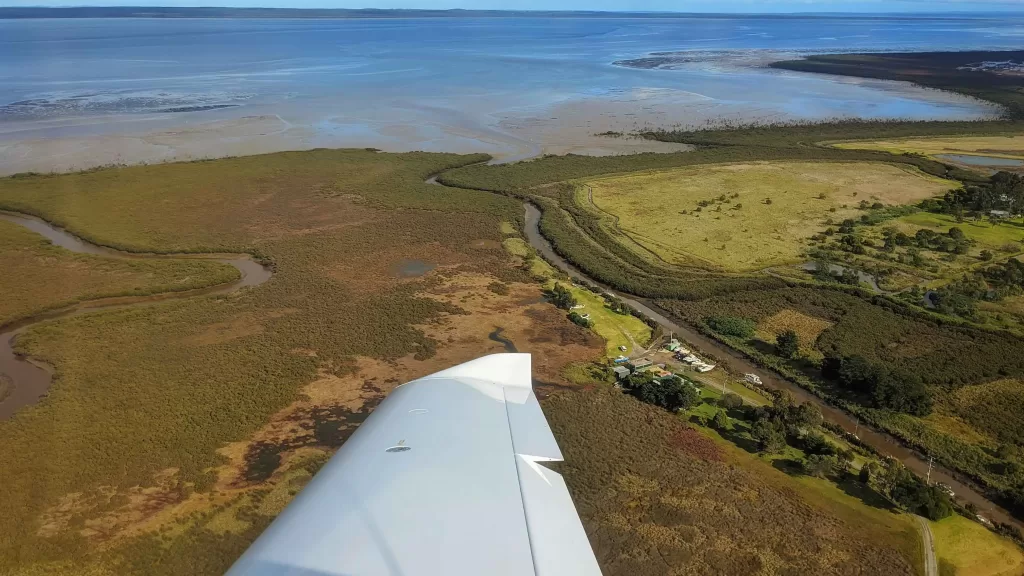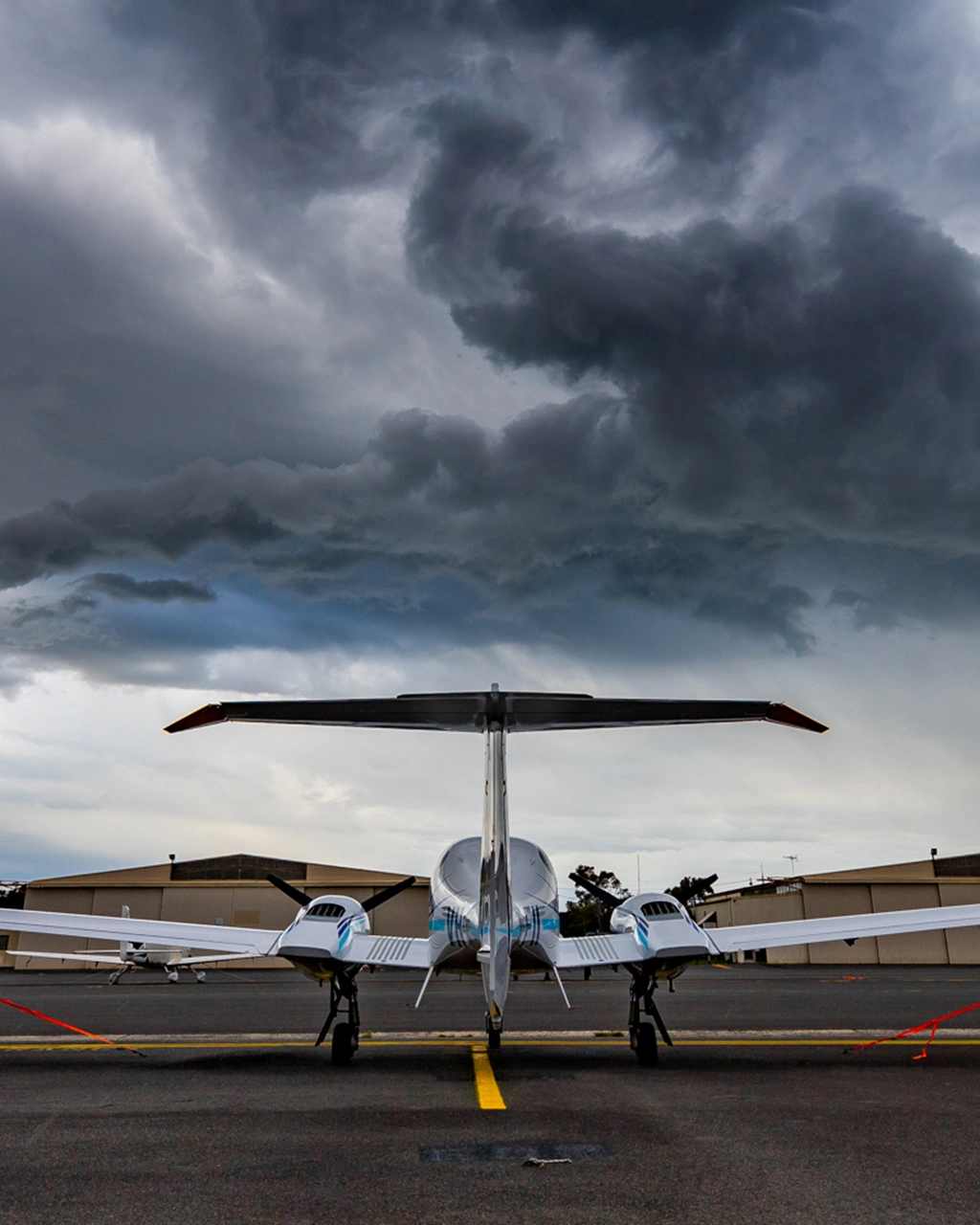You’re never too old to chase your dreams! Student pilot Kim shares with us his story of learning to fly in his fifties, training as a mature age pilot, and fulfilling his pilot dreams. This year he flew his first solo just shy of his 54th birthday.
Hailing from Singapore, like all citizens and second-generation permanent residents there, Kim had to join the armed forces. He still keeps in contact with two of his military friends who are established pilots and are currently captains for Singapore International Airlines.
“We have a WhatsApp group chat to keep in touch. The two pilots recently captained a flight together, and shared a photo of the two of them in their uniforms after the flight.”
I replied with a photo of myself after my first solo, next to a Diamond DA40 with the text “I may be 30 years behind you, but I am learning to fly”.
They were so happy and excited for me. One replied, “Kim, have fun. A small plane is fun to fly and lots of things to look around”.
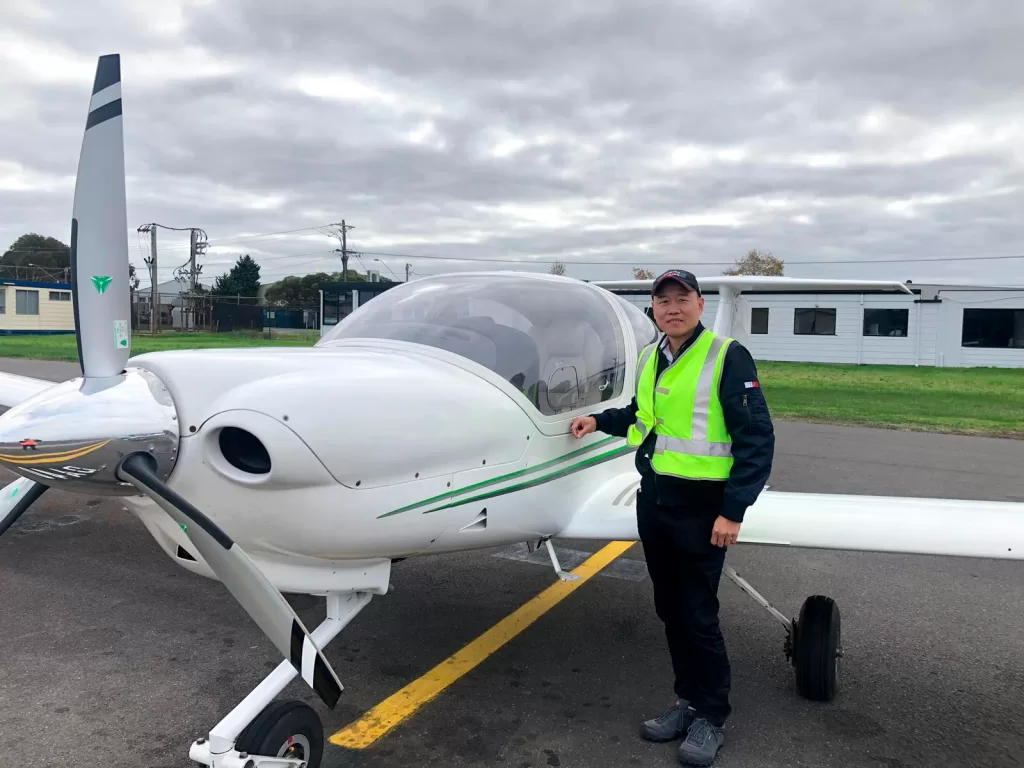
Did you always want to be a pilot?
I have always had a keen interest in aviation, like flight planning and Air Traffic Control. I tried to join the Singapore Air Force when I was younger but was rejected because of their eyesight requirements. So I missed that chance.
What are the issues with your eyesight?
I used to wear glasses for short-sightedness. For the air force your eyesight must be perfect. I had laser eye surgery 15 years ago, and now my vision is excellent. However, it was still too late to join the air force. The dream to fly remained, though. I’m retired and still healthy, I thought I would try again to be a pilot of some sort.
Which course are you studying?
Right now, I am doing my RPL. I will go through all the tests, and once I get my licence, I will go to the PPL. I can’t fly with an airline or the Air Force obviously, so I want to fly for fun.
What has been the highlight of the course?
Everybody says your first solo is the most memorable and most exciting moment as a pilot. Indeed it was for me, but not for the reasons you might think. I had to do three solo checks before I could fly. The weather changed, then the air traffic was too busy.
Then when I did get to fly, another issue was my own silly mistake. I didn’t line the aircraft nose up straight. My aircraft wheels weren’t straight either. When I powered up, the plane went to the left. I tried to use the rudder to straighten up, but that didn’t work to straighten the aircraft, and I was moving sideways. I had to hit the brakes and I went onto the grass. Then I advised the control tower I was aborting the flight. I came back to the training room to debrief. The instructors said I did the right thing calling off the flight, as after something like that you should come back and check for potential damage.
I was upset with myself. When something like that happens, it’s a big blow to your confidence. My instructor was a little surprised too because he thought I seemed ready. It was one small thing that I didn’t check. However, that is all behind me now. It has made me a better pilot. I won’t make that mistake again!
So a mistake that you made ended up being a highlight because you learned the lesson from it?
It made me more aware of things that can go wrong, even when you are focused and prepared. This can happen to anybody – even an experienced pilot.
What have you found to be the most difficult thing about mature age pilot training?
The weather and busy air traffic. Even when you get good weather and an aircraft, the airport is hectic. So there is lots of waiting. We only have a two-hour time slot to fly. More waiting around means less flying time. The weather here is the most challenging for me.
How did you go with the theory and exams?
I found the exams ok so far. You have to study hard, and you have to know the material – lots of memorising. I haven’t found it an issue, and I am currently preparing for a big theory exam. I will do that around mid-August. So by next week, I should have finished all my flying so I will have two weeks of intensive study and prepare myself for theory. When that is over, I can arrange for my flight test.
What would you say to anyone whose considering learning to fly later in life?
Live your dream if you want to fly. I feel, at 54, my age is not an issue. It is more about your mental will.
The other day I met a man who had come in for a Trial Introductory Flight. A retired businessman around my age who was asking me many questions. He was scared about the engine stopping mid-air and asking me what happens. I was explaining that pilots are trained to manage those situations. We got talking about how I was getting my Recreational Pilot Licence. He was saying he did want to learn to fly and now thought he was too old. He is 50, so I told him I am 54 and I am learning. So you are not too old!
Then when he went out for his flight, and the pilot let him glide. After landing, he came and spoke to me again. He was so excited.
So to people my age, I want to tell them, you are never too old. As long as you are medically fit and you have good motor reflexes, then you can fly.
This is what I always wanted to do. Now I am retired and have the resources. It took me a while, but here I am. I enjoy it so much. I’ve met some nice people. The instructors are great.
Thanks Kim for sharing your experience of learning to fly in your fifties. Best of luck for achieving your Recreational Pilot Licence.
Are you a mature age pilot looking to start your training? Get in touch with our flight training specialists. Email hello@learntofly.com.au or visit https://drift.me/learntofly/meeting to book a meeting and school tour.









